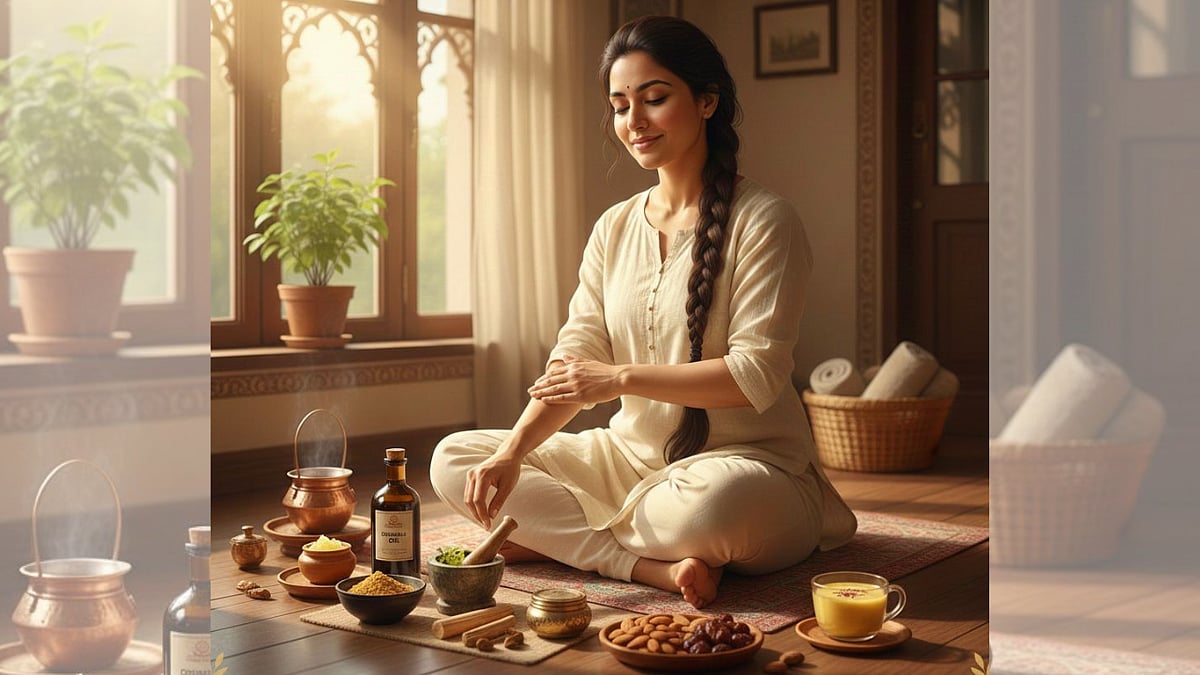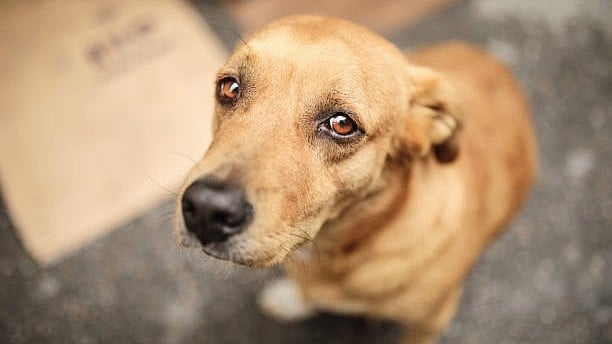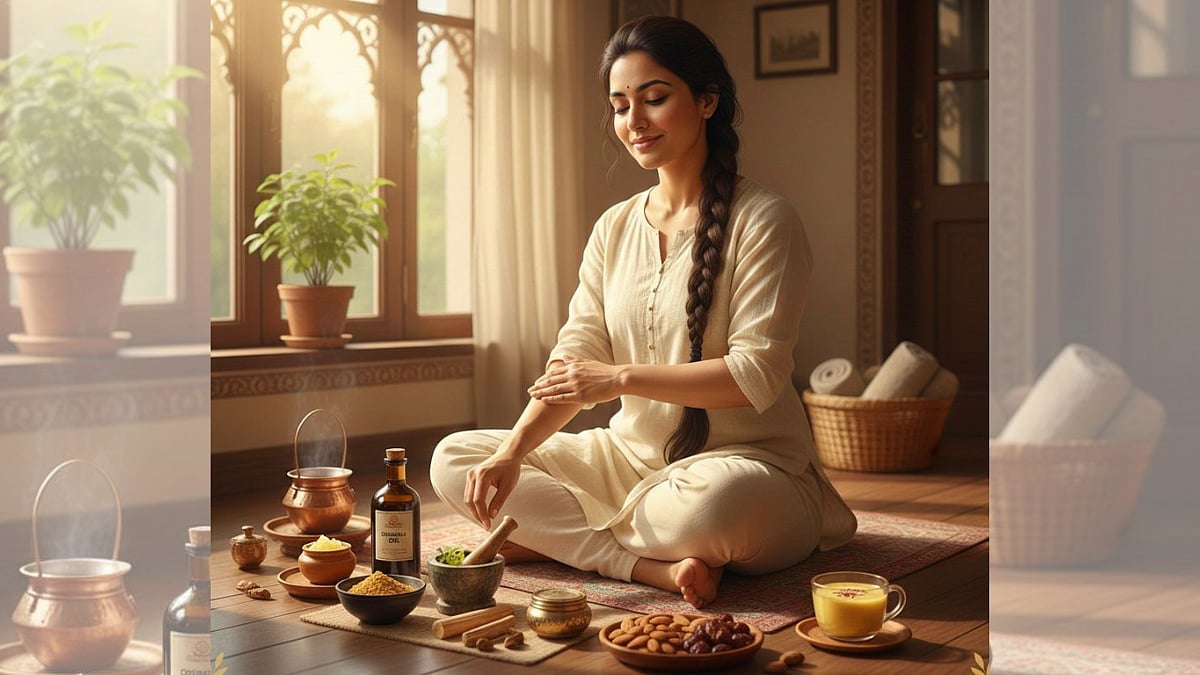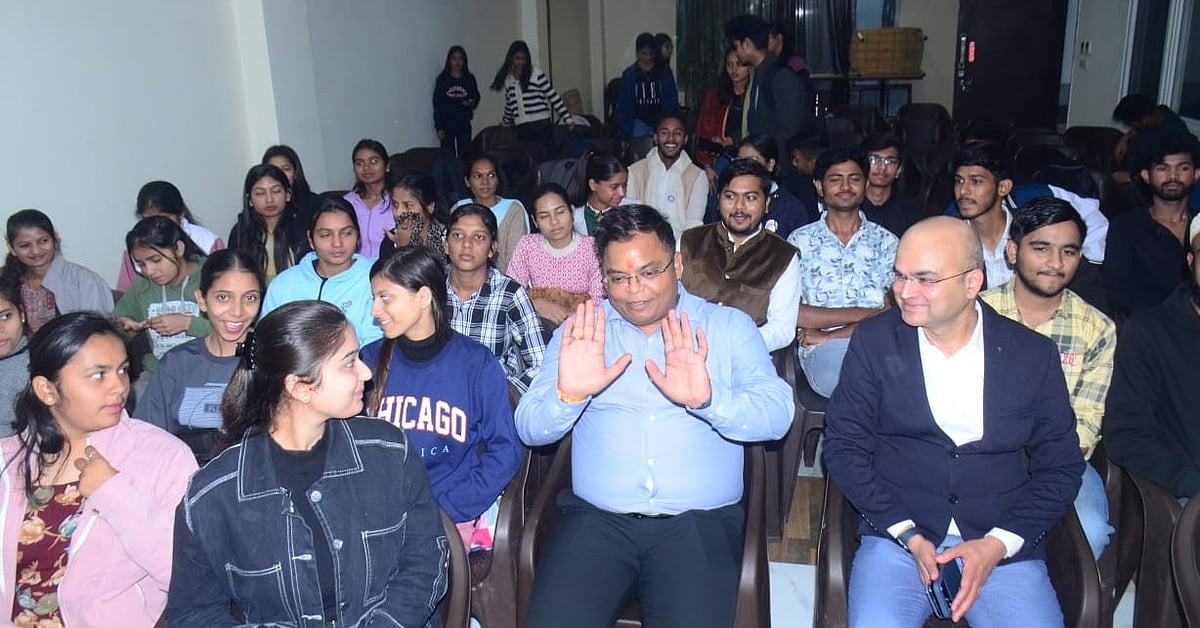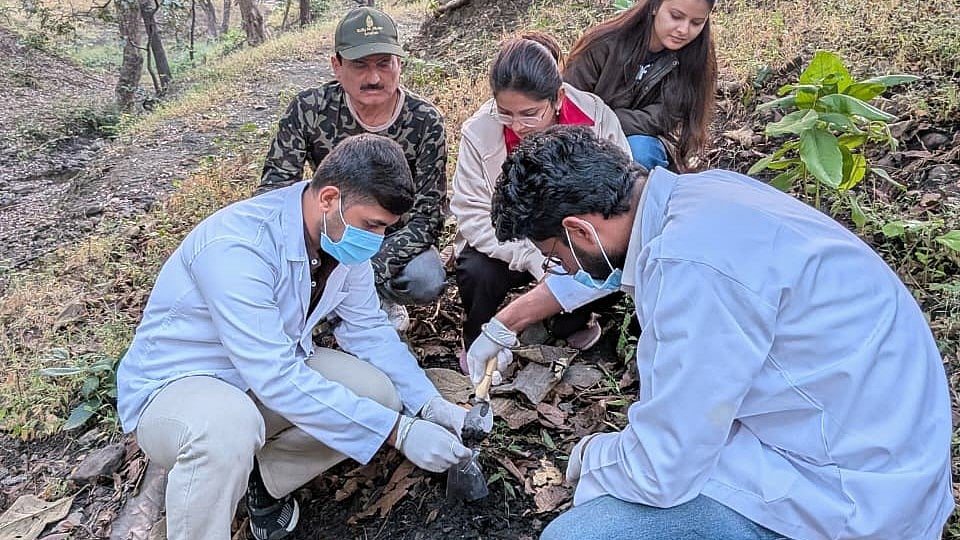Indore (Madhya Pradesh): As India steps into Hemanta Ritu, the early winter phase from mid-November to mid-January, Ayurveda lays out clear and time-tested wisdom to protect the skin from seasonal dryness. Unlike popular belief, winter in Ayurveda is divided into two distinct phases—Hemanta and the later Shishira—each affecting the body differently. Hemanta is particularly known for triggering Vata accumulation, leading to roughness, flaking, cracked heels and chapped lips.
According to lifestyle disease reversal expert Dr Karan Dave, Ayurvedic texts describe Hemanta as a period when the environment becomes cold, dry and light, qualities that mirror Vata dosha. While the body’s strength and digestive power naturally increase during this time, Vata still needs consistent balancing. The Ashtanga Hridaya specifically advises regular oil massage and gentle warmth to counter these effects, emphasising that snehana (oiling) and swedana (mild steam) help maintain skin softness and stability.
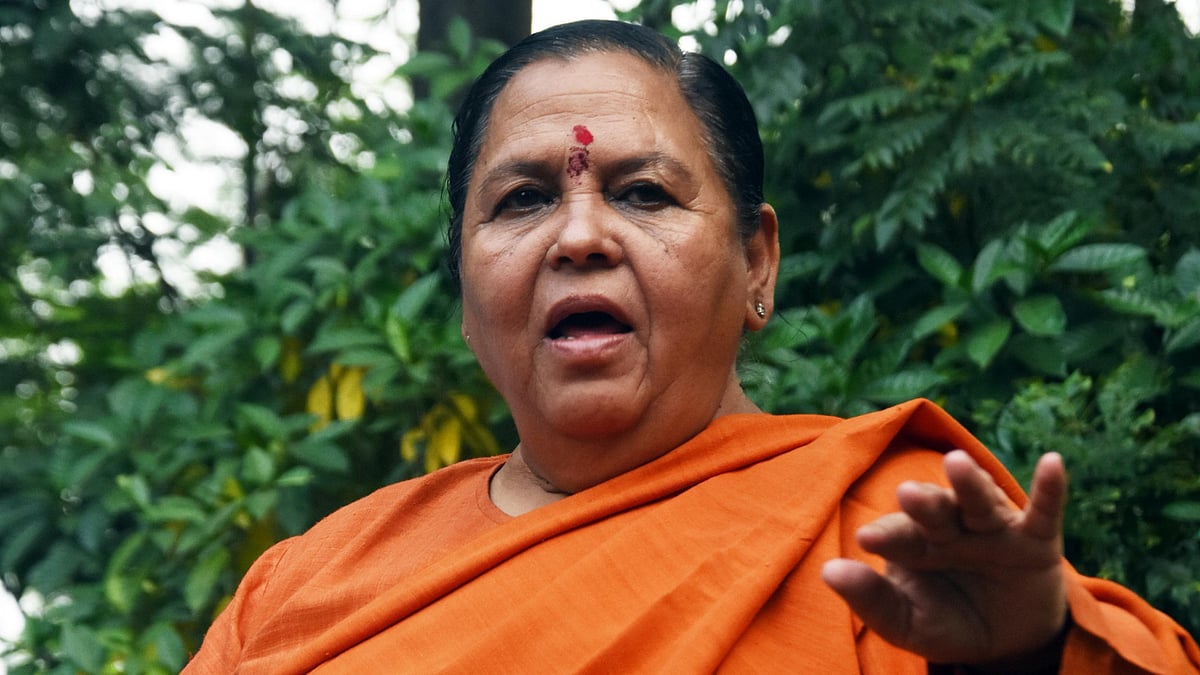
Warm oil massage remains the cornerstone of Hemanta skincare. Sesame oil, ghee and shatadhouta ghrita deeply nourish the skin, while herbal ubtans made with sandalwood, liquorice or manjistha cleanse without stripping moisture. These classical formulations help retain hydration and protect the skin barrier through early winter.
Internal nourishment is equally crucial. Ayurveda encourages consuming warm, unctuous foods—desi ghee, nuts, dairy, root vegetables, jaggery, whole grains and warm drinks to strengthen rasa dhatu, the body’s primary hydrating fluid responsible for natural glow.
Small daily habits can significantly elevate winter skin health: moderate morning sun exposure, avoiding cold winds, using warm bathing water and applying ghee on lips and heels. As Hemanta sets in, these practices offer a grounded, holistic and scientifically aligned approach to achieving supple, radiant and resilient skin.
